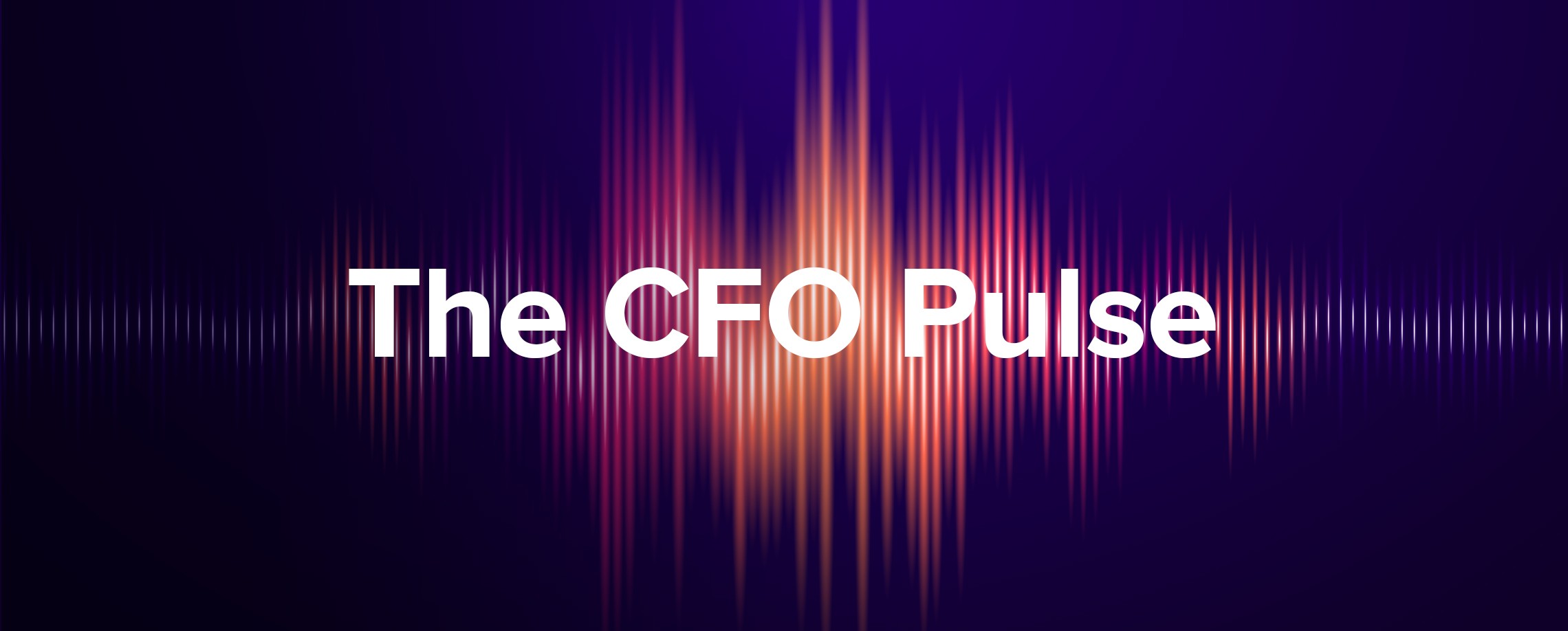
- Author: Stephen Koukoulas | Leading Economist
- Posted: March 3, 2025
The CFO Pulse > March 2025
Interest rate cuts in Australia & New Zealand as the world assesses US policy changes
The RBA delivered its first interest rate cut in four years followings its February Board meeting in reaction to the falling inflation rate, only moderate wages growth and subdued economic growth. The cash rate was cut from 4.35 per cent to 4.10 per cent. Despite the RBA hosing down expectations for further near-term interest rate cuts, markets continue to price in approximately 60 basis points of further cuts by 2026.
The economic impact of policy announcements from the Trump administration remain difficult to quantify which is leading to considerable volatility in stock, bond and currency markets. Investors and businesses are concerned that the impact of tariffs and aggressive cuts in government programs will lead to slower growth. The broad trends is for lower interest rates and weaker stock prices.
As with all major central banks, the RBNZ cut interest rates again, this time by 50 basis points to 3.75 per cent. This is in reaction to sharply lower inflation, sharply higher unemployment and weak economic conditions. In the last six months, the RBNZ has delivered 175 basis points in cuts.
Australia
The recent run of critical data are consistent with further interest rate cuts. The RBA next meets on 1 April.
- Annual inflation remained in the RBA target band at 2.5 per cent in January, with underlying inflation at 2.8 per cent;
- Despite solid levels of job creation, the unemployment edged up to 4.1 per cent in January;
- The softer labour market showed up in annual wages growth easing to 3.2 per cent in the December quarter, well below the peak of 4.2 per cent at the end of 2023.
The business activity remains subdued. Surveyed business conditions are weak, capital expenditure fell in the December quarter and expected Capex for FY2025-26 is stagnant. Much the of economic growth that is being recorded is the function of strong government spending, both on services and infrastructure.
While the date of the Federal election is yet to be conformed (it must be held by 17 May 2025), the Opposition Coalition led by Peter Dutton are ahead in the polls. While the polls can give misleading signals, there will nonetheless be greater scrutiny of Mr Dutton’s proposals for nuclear energy, tax and government spending given his party may be in government in coming months. The same is true for the government, with Prime Minister Albanese rolling out policies designed to sway voters to his Labor Party. Investors will be alert to the issues associated with the economic value of election related policy announcements.
The Federal budget is scheduled for 25 March, but it will not go ahead if the election is called before then. Either way, the government will release a fiscal policy related economic statement prior to the election.
New Zealand
In New Zealand, economic weakness remains the dominant trend. It will not be until well into the second half of 2025 that the supportive effects of the recent interest rate cuts from the RBNZ will have their main impact.
With inflation on target, the RBNZ is aiming to stem with the weakness in the labour market. The unemployment rate jumped to a 5 year high of 5.1 per cent in the December quarter in reaction to the deep recession.
There is some tentative evidence of that a recovery is starting to unfold – business confidence, retail spending and house prices are turning, although more information will be needed to confirm this news and whether it is strong enough to prevent further increases in unemployment.
Currencies
A partial recovery in the USD has seen the AUD and NZD fall, reversing part of the recent recovery. As has been the case for close to a year, the AUD / NZD cross remains close to 1.10. Like other markets, the USD is subject to large moves linked to policy decisions of the Trump administration.
Commodity prices, economic growth and relative inflation remain the drivers of both the AUD and NZD.








